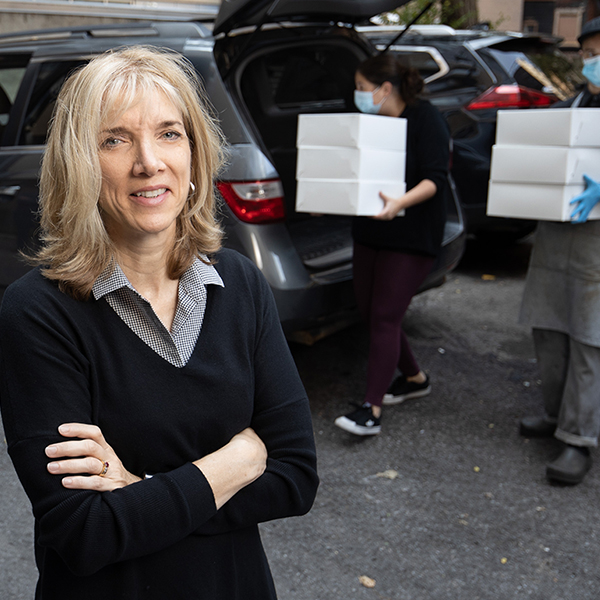As a student at McGill’s School of Urban Planning, Gabriel Damant-Sirois, MUP’14, and his future business partners had access to lots of data that helped them understand cities better. Now they’re making their insights into cities available to everyone.
“It’s something we’re passionate about – translating our interpretation of cities into a language that anybody could understand,” says Damant-Sirois. He launched Local Logic in 2014 with Alexandre Pagé, Colin Stewart, MUP’14, and Vincent-Charles Hodder (Hodder also studied urban planning at McGill).
The Montreal-based company helps homebuyers and travelers seeking accommodation find the right location to suit their needs.
Local Logic’s main focus is on producing location scores which measure the qualities of an area for such things as transportation, proximity to services (daycares, parks, schools), greenery and how quiet and vibrant the area is.
That’s the sort of information that can be crucial for someone looking to buy a house, but it can also be essential to travelers making their way to an unfamiliar city. As Local Logic declares on its site, “The location of your hotel determines what you can do on your vacation.”
The company has an ongoing partnership with Yellow Pages, its first big client. Other customers include Royal LePage, Sotheby’s, and real-estate listing aggregators Centris and Realtor.ca, where Local Logic’s location scores can be found with each listing. The company is also expanding into the United States.
Local Logic maps cities using algorithms and artificial intelligence. It uses information from open-data portals operated by governments and buys additional data from private suppliers. They also create their own data set through methods such as image-recognition techniques using satellite images.
While the data gathered through these approaches is valuable, Damant-Sirois says the pivotal part comes from “knowing the recipe to create intelligence and information out of it.” Examining factors like the width of streets, the presence of nearby shops and the height of neighbouring buildings, offer important clues about how pedestrian-friendly a school is, for instance.


